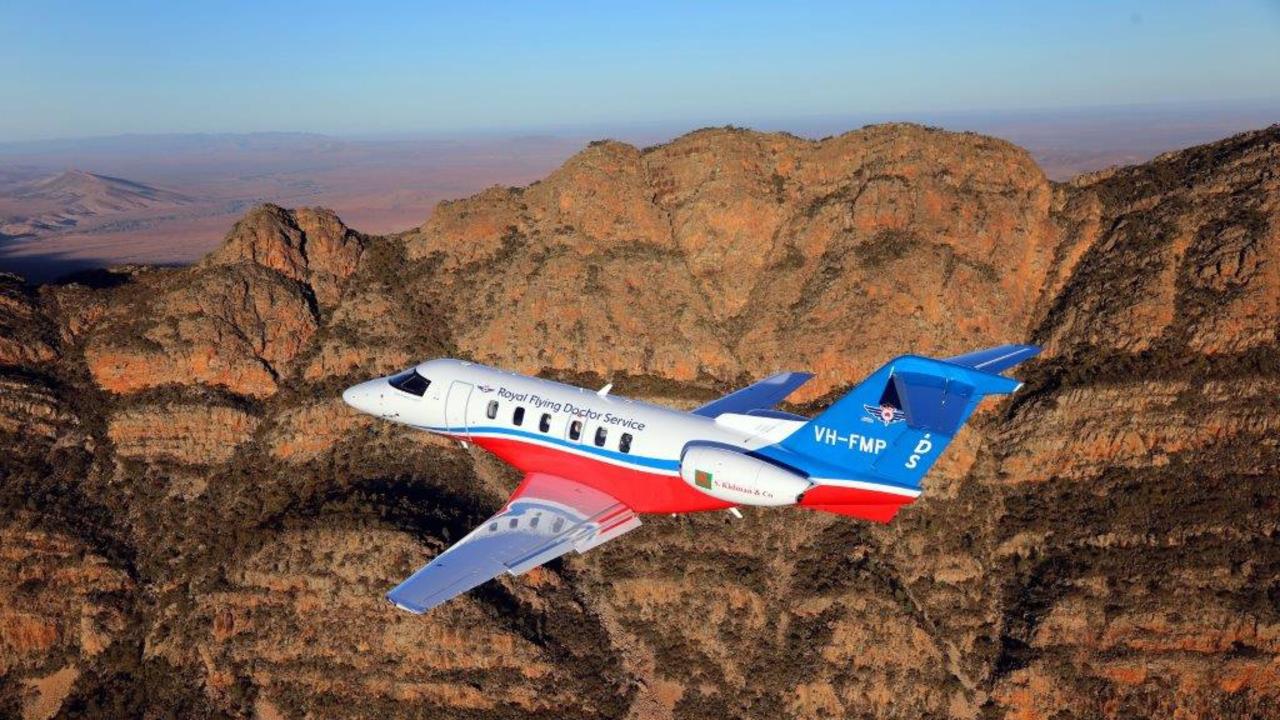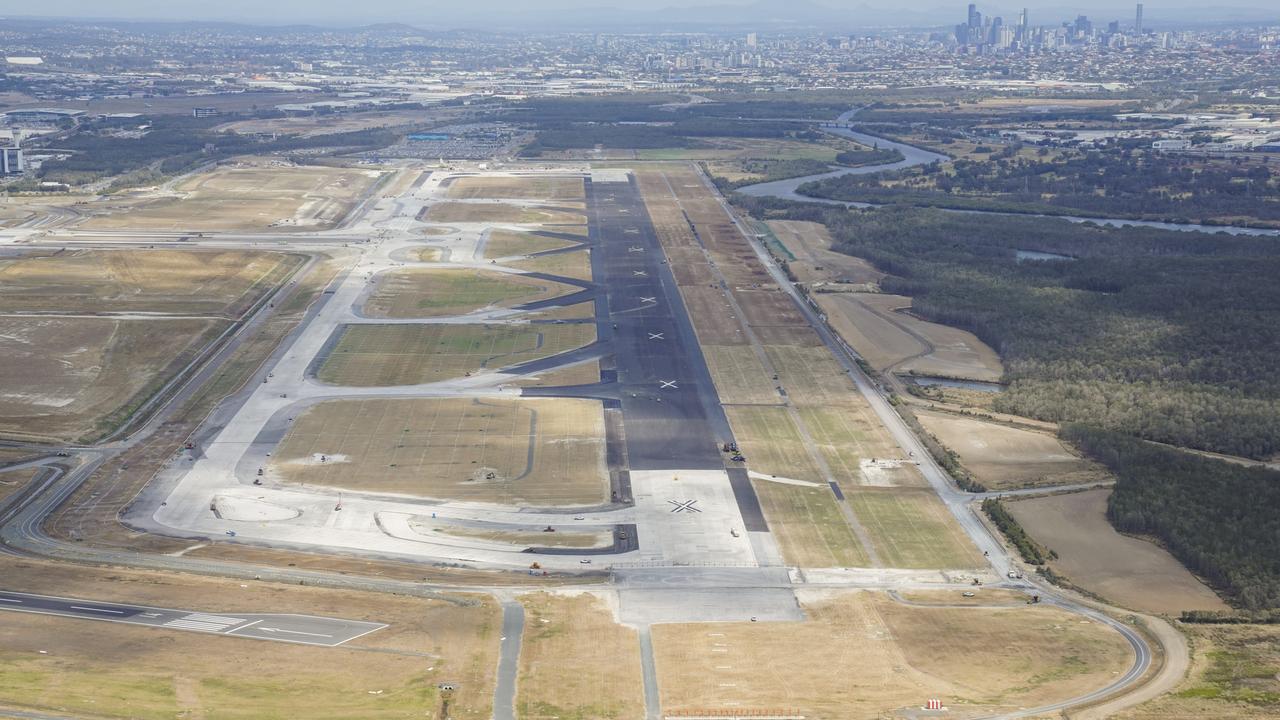Walking and electric bikes to replace cars in cities
A TECHNOLOGICAL revolution in transport modes and ownership will dramatically reshape city centres and dramatically change how we get from point A to point B.
Future QLD
Don't miss out on the headlines from Future QLD. Followed categories will be added to My News.
A TECHNOLOGICAL revolution in transport modes and ownership will dramatically reshape the centre of southeast Queensland’s cities.
CBD and inner-city roads currently clogged with traffic will give way to leafy boulevards dominated by pedestrians and cyclists, where “FlexKerbs” can alter the width of the road at different times of the day.
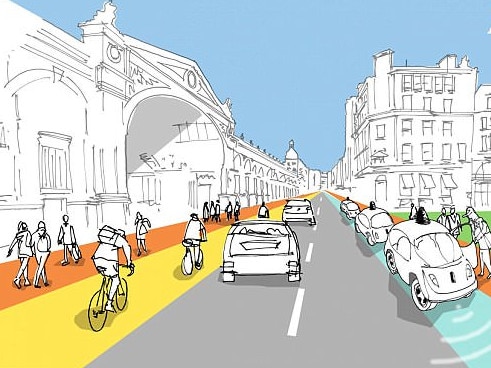
Transport experts predict that traditional car ownership will fall in favour of a share or subscription model, and freight deliveries will increasingly take to the skies, carried by drones.
Mass transit services like trains, Brisbane Metro and buses will shuttle commuters in from the suburbs to underground stations, possibly integrated with autonomous vehicle drop-off zones. On the Gold and Sunshine Coasts, light rail will carry passengers in and out of commercial centres.
“Brisbane has what it takes to become one of the world’s great walking and cycling cities,” says a City Council discussion paper released as part of consultations on the soon-to-be-released transport plan for the next couple of decades.
“We have beautiful riverside walks and bridges, thousands of kilometres of local pathways and a world-class bikeway network that’s growing by the day.
“Our city streets must balance traffic with safe, comfortable uninterrupted journeys for walking and cycling, especially around the CBD’s retail heart and leading to universities, stadiums and entertainment venues.”
Research by professional services firm PwC for The Courier-Mail’s Future SEQ series suggests 40 per cent of vehicles on the region’s roads are likely to be autonomous within 25 years, with the majority of daily commuter journeys shared with other people.
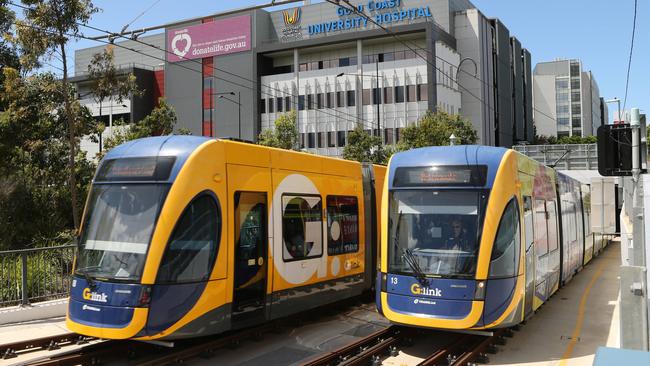
The series is examining what needs to be done to ensure the region remains efficient and liveable as the population grows by two million to 5.5 million by 2043 and will compile an action plan of ideas. The issues will be discussed by a panel of experts at a major event on October 23.
“In Brisbane and SEQ’s satellite hubs, we expect that all buses will be autonomous by the year 2043,” the company’s infrastructure managing director David Leahy said. “Public transport will be augmented by other personal means of travel including electric scooters, Segways and bicycles.
“Many inner city four-lane roads could be reduced to a single lane of traffic for AVs with nearby lanes acting as drop-off zones and green space, one lane of dedicated cycleway and active transport, and one lane for extended footpaths, pedestrian space, gardens and parking.”
“By 2043, Albert St will become a green spine connecting the King George Square with both the Botanical Gardens and Brisbane Live!/Roma St Parklands.
PwC has envisioned a one-way clockwise four-lane ring road for autonomous vehicles around the Brisbane CBD, along Edward, Alice, George and Turbot Streets with regular drop-off/pick-up points.
“Newly pedestrianised Elizabeth Margaret, Mary and Charlotte Streets will be reduced to a single lane to permit vehicular access to drop off your Amazon or UBEReats order, and provide access to existing residential and commercial buildings.”
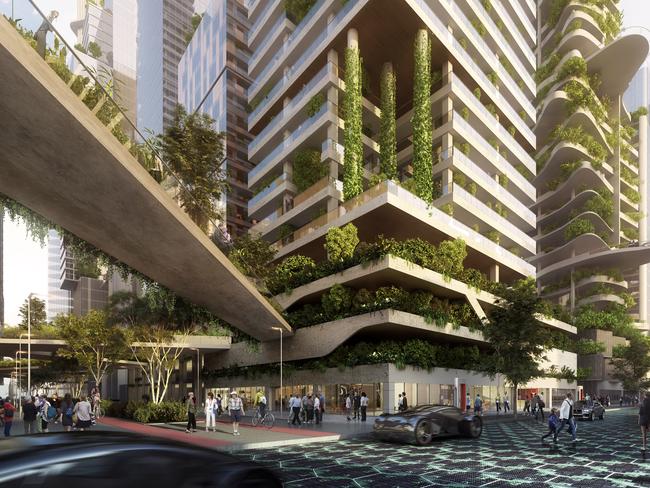
The firm has also proposed a series of “green” pedestrian and bike bridges over the river between Riverhills in the west and Bulimba in the east.
Kylie Nixon, Queensland transport planning leader for international engineering company Arup, said road space feed up by less traffic would become “the hottest property in the future”.
The firm is trialling a “FlexKerb” system in London, using coloured LED lights to signal the changing use of lanes.
Vehicle access could be prioritised for early morning deliveries and peak hour AV drop-off and pick-up, switching to a pedestrian/cycle plaza during the day. “It could be closed to traffic at weekends,” she said.
RACQ chief communications officer Paul Turner says: “As the CBD continues to intensify, it is just unsustainable to have more and more car traffic pouring in.”
“Three ‘fundamental’ technologically-driven shifts in behaviour will impact.
He agrees autonomous vehicles will be an integral part of the transport system by 2043, but argues that would not necessarily mean fewer cars on the region’s roads overall. In fact, the number could swell as driverless vehicles became available to the elderly, infirm and others who cannot currently drive.
However, AVs could drop off and pick up their owners at designated points in the city and then go about their programmed business.
“It can go and pick up my dry cleaning, take the dog to get a bath, maybe pick the kids up from school and go and do my shopping,” Mr Turner said.
Many driverless cars in future may be operated as rideshare vehicles. Cities around the world are looking at converting multi-storey carparks into hire hubs to keep them off the streets until ordered.
AEG Ogden chairman Harvey Lister has flagged the idea of using a level below the planned Brisbane Live indoor sports and entertainment arena as a base for parking, cleaning, recharging and servicing autonomous cars, minibuses and coaches.
On-demand – probably privately-operated – minibuses will fill a critical hole in the region’s public transport network by providing what’s known as the ‘’first and last mile solution’’ – enabling commuters to link seamlessly from between home and mass transit hubs on expanded rail and Metro/light rail routes, Mr Turner said. Eventually these, too, will be driverless.
“But we think the car ownership revolution will come sooner than autonomous vehicles. We will see the Spotify-cation of car ownership – where car companies, or Google or someone else will offer vehicles on a subscription basis.
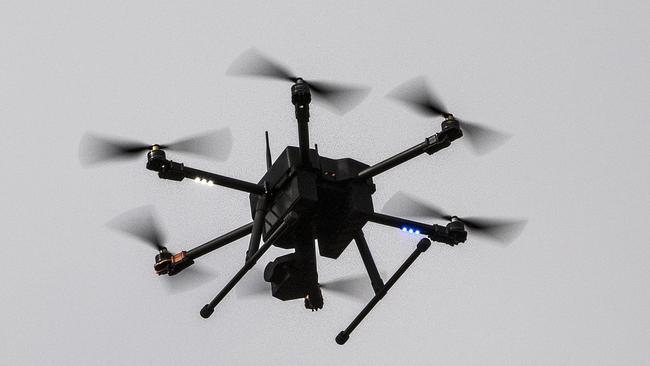
“Perhaps we don’t want to be tied to car ownership – maybe we use public transport or carshare Monday to Friday – but we still want access to one at the weekend to go to the beach. Or perhaps my subscription gives me a Mustang during the week and a Ford Ranger at the weekend.”
The introduction of delivery drones will be the other major influence.
“The aerial aspect of transport will be big,” Mr Turner said. Amazon has patented its Prime Air delivery drones, and an in-flight recharging system, Uber Eats is testing flights in San Diego where a drone pilot program is running and Domino’s Pizza has its own ambitions.
“It might seems a gimmick now, but much of the freight carried around our cities on trucks and vans will be transported by drones in future,’’ he said.
Dr Stefan Hajkowicz from the CSIRO’s Data61 division agreed: “We will see widespread growth in drones. Boeing currently has a drone that can carry 220kg of cargo.
“We have to figure out where they will land in urban areas. We’ll see drone loading and off-loading spaces appear.”
Dr Hajkowicz suggests that an aerial equivalent of “shipping lanes” could be established off the coast. “Once there are large numbers of these operating, they need to be far enough away that you don’t see a stream of these flying past or flying overhead.

